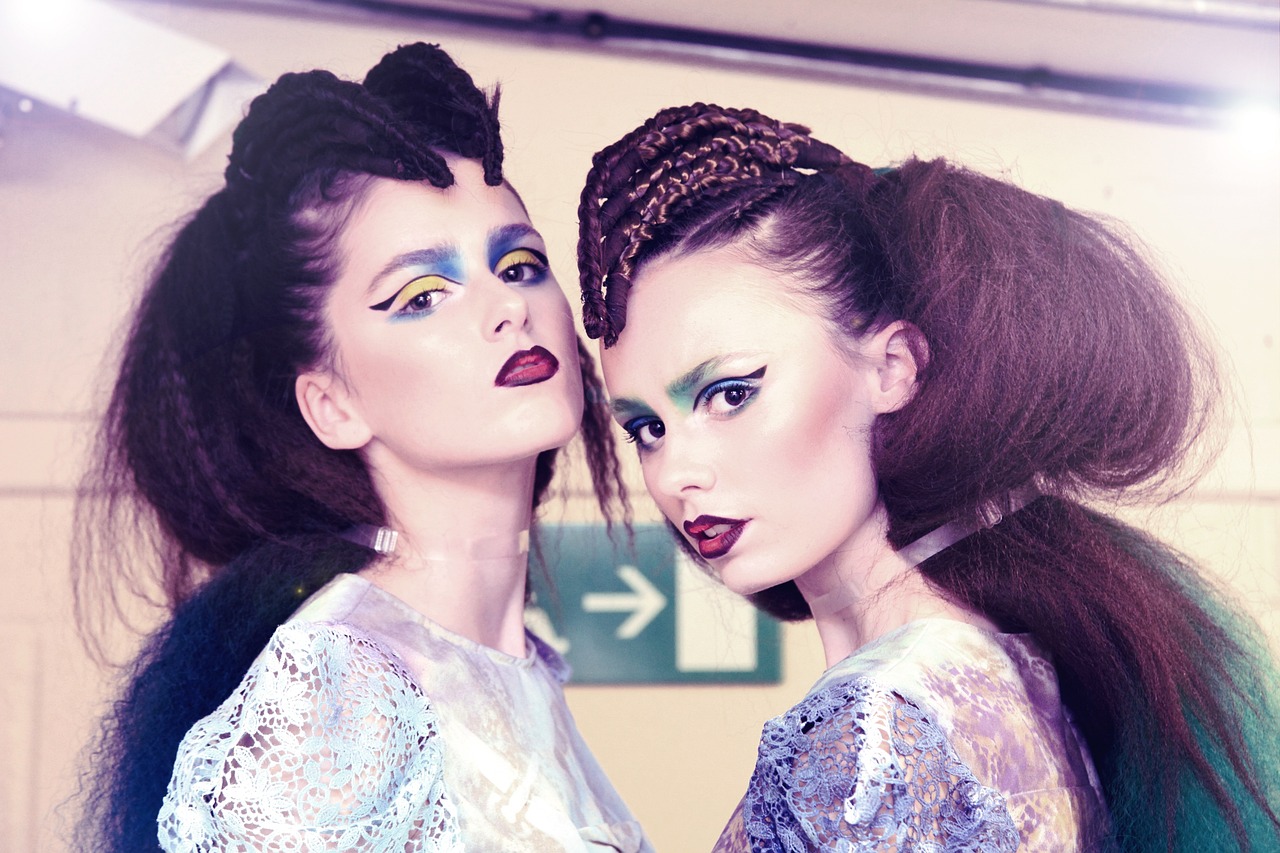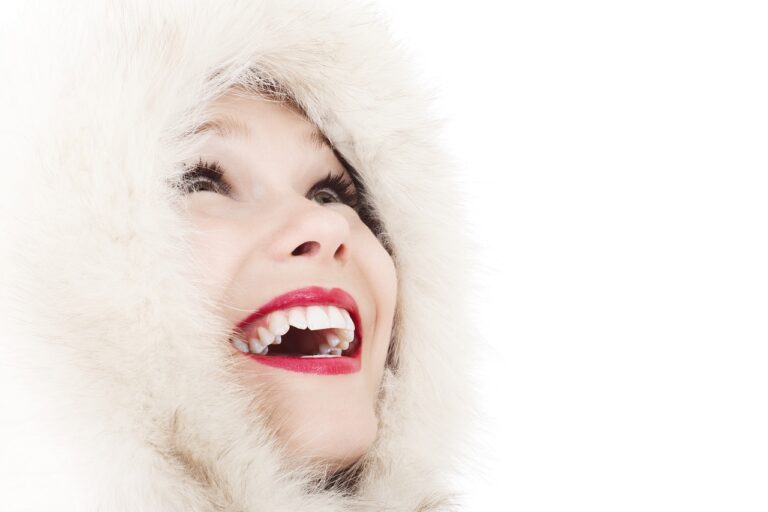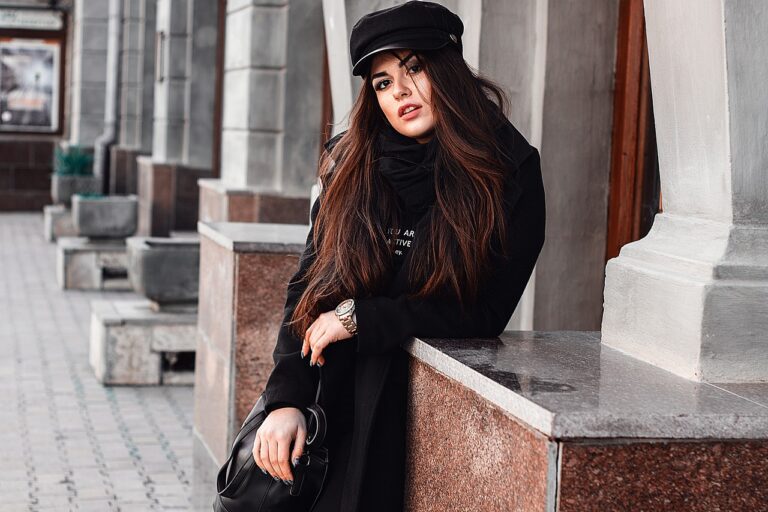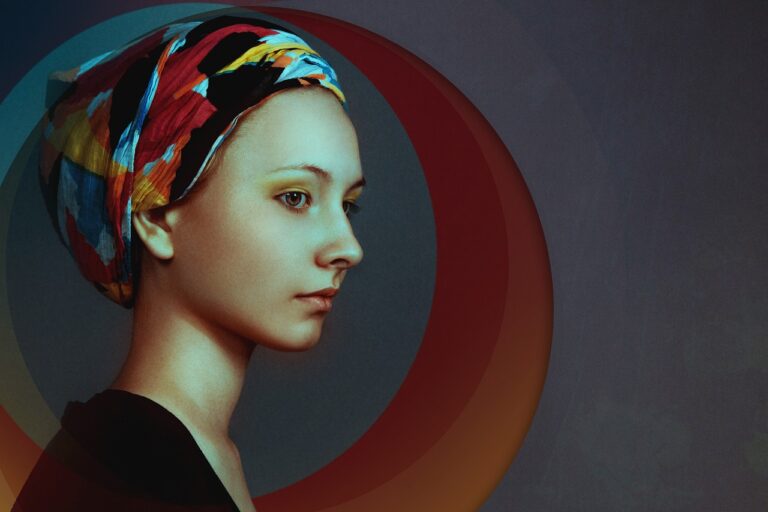Fashion Psychology: How Clothing Choices Reflect Personality and Mood
Color plays a significant role in influencing our emotions. Different colors have the power to evoke various feelings within us. For example, warm colors like red and yellow often convey a sense of energy and excitement, while cool colors like blue and green are more calming and soothing. Our emotional responses to color can be instinctual and universal, but they can also be influenced by personal experiences and cultural meanings attached to specific colors.
Moreover, the psychological impact of color can be leveraged in various aspects of life, including branding, marketing, and interior design. Businesses often use color psychology to convey certain messages and evoke specific emotions in their consumers. By understanding the emotional associations people have with different colors, companies can strategically use color in their products, advertisements, and packaging to influence consumer behavior and create a desired mood or impression.
The Role of Texture in Self-Expression
When it comes to expressing oneself through fashion choices, texture plays a crucial role. The tactile quality of different fabrics can evoke various emotions and convey messages without the need for words. From the smoothness of silk to the roughness of denim, each texture has its own unique way of communicating and adding depth to an outfit.
Furthermore, texture allows individuals to create a multi-dimensional look that reflects their personality and style. Mixing and matching different textures can create visually interesting and dynamic outfits that draw the eye and make a statement. Whether it’s pairing a chunky knit sweater with a flowy chiffon skirt or combining leather with lace, experimenting with texture adds a layer of creativity and individuality to one’s self-expression through clothing.
Body Image and Clothing Choices
When it comes to choosing clothing, individuals often take into consideration their body image. How they perceive their own bodies can greatly impact the styles and cuts of clothes they feel comfortable wearing. Positive body image may lead to selecting clothing that makes one feel confident and happy, while negative body image could result in choosing outfits to hide certain parts or conform to societal standards.
Clothing choices can also play a role in shaping one’s body image. Wearing clothes that fit well and showcase one’s personal style can boost self-esteem and create a positive body image. Conversely, uncomfortable or ill-fitting clothing may accentuate insecurities and contribute to negative body image issues. Ultimately, the relationship between body image and clothing choices is a complex one, influenced by individual preferences, societal norms, and personal perceptions.
• Body image plays a significant role in clothing choices
• Positive body image can lead to confident and happy outfit selections
• Negative body image may result in choosing clothes to hide certain parts or conform to societal standards
• Clothing that fits well and showcases personal style can boost self-esteem and create a positive body image
• Uncomfortable or ill-fitting clothing can accentuate insecurities and contribute to negative body image issues
How does color influence our emotions when it comes to clothing choices?
Color can have a significant impact on our emotions. For example, bright colors like red and yellow can evoke feelings of happiness and energy, while dark colors like black and navy can convey sophistication and seriousness. When choosing clothing, it’s important to consider how different colors make you feel and what message you want to communicate through your outfit.
What role does texture play in self-expression through clothing?
Texture can add depth and visual interest to an outfit, allowing you to express your personality and style. Soft fabrics like silk and cashmere can convey elegance and luxury, while rough textures like denim or leather can give off a more edgy and casual vibe. By choosing fabrics with different textures, you can create a unique and personalized look that reflects your individuality.
How does body image influence our clothing choices?
Body image can have a significant impact on the clothing choices we make. People with positive body image may feel comfortable wearing a wide range of styles and silhouettes, while those with negative body image may be more likely to stick to clothing that hides or minimizes perceived flaws. It’s important to prioritize comfort and confidence when choosing clothing, rather than trying to conform to unrealistic beauty standards.







